Stickley's other identity (crisis)
palimpsest
11 years ago
Featured Answer
Sort by:Oldest
Comments (52)
jessicaml
11 years agoRelated Discussions
Identity Crisis
Comments (28)Yes, plant #2 is indeed a Tradescantia zebrina! Has cute flowers to so looking foward to that. Thank you! Plant #8 i thought was some type of aloe allready, and looking it up now does seem to be the aloe zebrina :) Very handy indeed, and its always good to have plants with actual uses too ;) Also relieving to know it is tropical to, so hopefully then it will be happy in the little rainforest. Plant #6: does appear to be a sedum, now only to figure out exactly which one :P hehe. Aaa the good old fittonias, yeah i got 3 different varieties in there so that site will be usefull for figuring out what cultivar, thanks. As i live in a little appartment with absolutely no outside area, all i can do is indoor gardening. On all my windowsills i got potted plants sitting, and the terrarium is the newest edition. One day ill definitly get a place with a garden so i can do some reall horticulture ;) For now i am indeed loving the little rainforest. Thanks for the advice Ken. For now im not planning on putting any animals or critters is, keeping it green ;) well besides for all the bugs that decide to move in by their own accord, but thats why theres the carnivorous pitcher in there ;) Nearly have them all identified so it worked out far better than i even imagined, thanks again everybody!...See MoreMid-Life Identity Crisis
Comments (10)Oh Howard, you could never get my nose out of joint! Ha ha! Well, maybe if you smacked me w/a bat! Good thing you live far from me!! Your 1st plant looks within the range for E. purpusorum. 2nd, yes a cultivar/hybrid of E. p.~ I've not seen. Last one, E. pulidonis (no 'v') does look similar, like it could be in the mix. Neat-O that your E. pulidonis has the "raindrops" develop on it!! I selected E. purpusorum as one parent because of the look of xGraptoveria 'Amethorum', which has E. purpusorum & Graptopetalum amethystinum as parents, retaining the ridge on the back (underside) of the leaf from E. purpusorum. Julie's plant is retaining the pointed tips as well. I believe the other parent would have to be a light-colored one & have the red flowers. If her plant had a definite red edge, I might lean toward the E. pulidonis as a parent. Still, need to find some red-flowered guys....See Morehelp with tile identity crisis!
Comments (2)I was going to say the same as lisadlu. The slate and pebble combo makes sense, it is the marble-like tile that doesn't fit in as well. I think a large format porcelain would be good, if you could find on in a color coordinating with one of the lighter colors in the pebbles. And I wouldn't go extremely glossy on the walls, either, but maybe that's just me!...See MoreComplete identity crisis with my body
Comments (4)I'm 59, and been in menopause just 2.5 years. I've had health issues since I was 26, but after being diagnosed with fibromyalgia I had a naturopath tell me my body doesn't hold on to nutrients properly. He said I probably don't hold on to toxins which is good, but I have to take very high doses of supplements so as not to end up malnurished. That being said, one of the main nutrients that plays a role in every system of the body is magnesium, and since the soils are so depleted, it only stands to reason that we aren't getting it from the food we eat. And the RDAs are understated as well so by the time a person is middle-aged, most of us are severely malnurished. I've had horrific sleep issues over the years, and part of it due to having high cortisol levels, but also to the very low magnesium levels as well. Try upping your magnesium along with calcium, vitamin D3 and K2 and see if that doesn't help your sleep. It should also help lower your stress level. I'm wondering if your weird feeling isn't too much adrenaline coursing through your blood stream? That was one of my first symptoms when I started getting sick back in my mid 20s. That finally resolved when I started taking the amino acid 5-htp as it helps the adrenal glands which is where the excess adrenaline is coming from. You could be suffering from what the alternative health community calls adrenal fatigue. I think adrenal issues and the malnutrion is the core of my health problems, but I didn't know what was going on for over 20 years so I couldn't really deal with them till it was too late. Be careful taking too much magnesium at one time as it's a laxative. If you suffer from constipation, that is one symptom of low magnesium levels. Spread your doses out over the day with a 1:1 ratio of calcium. You want to also take vitamins D3 and K2 with it along with zinc on an empty stomach for best absorption. Soaking in epsom salts is a great way to increase your cellular magnesium level as well. Here are some links that you might find helpful: http://www.amazon.com/Adrenal-Fatigue-Century-Stress-Syndrome/dp/1890572152/ref=sr_1_1?s=books&ie=UTF8&qid=1423689283&sr=1-1&keywords=adrenal+fatigue http://www.wellnessresources.com/health/articles/magnesium_deficiency_common_in_post-menopausal_women/ http://www.ancient-minerals.com/magnesium-deficiency/symptoms-signs/...See MoreLuAnn_in_PA
11 years agopalimpsest
11 years agomarcolo
11 years agoOakley
11 years agolynxe
11 years agopalimpsest
11 years agomarcolo
11 years agojterrilynn
11 years agoCircus Peanut
11 years agopalimpsest
11 years agobronwynsmom
11 years agomarcolo
11 years agopalimpsest
11 years agopalimpsest
11 years agoFori
11 years agoUser
11 years agoFori
11 years agomarcolo
11 years agolynxe
11 years agopalimpsest
11 years agoUser
11 years agoUser
11 years agoCircus Peanut
11 years agoVivian Kaufman
11 years agobronwynsmom
11 years agojterrilynn
11 years agoCircus Peanut
11 years agoCircus Peanut
11 years agopalimpsest
11 years agojterrilynn
11 years agokarinl
11 years agojterrilynn
11 years agopalimpsest
11 years agojterrilynn
11 years agojterrilynn
11 years agopalimpsest
11 years agoFori
11 years agopalimpsest
11 years agopalimpsest
11 years agoFori
11 years agojterrilynn
11 years agoDiane Smith at Walter E. Smithe Furniture
11 years agopalimpsest
11 years agojterrilynn
11 years agoFori
11 years agopalimpsest
11 years agojterrilynn
11 years agopalimpsest
11 years ago
Related Stories
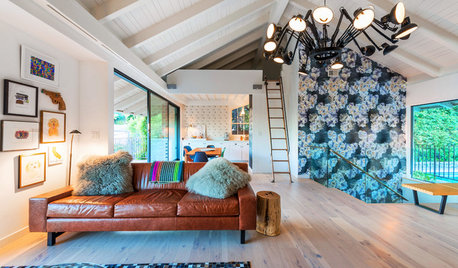
ROOM OF THE DAYRoom of the Day: More Fun for a Los Angeles Living Room
Bright furnishings and a newly open floor plan give a 1964 living room suffering from an identity crisis a new look
Full Story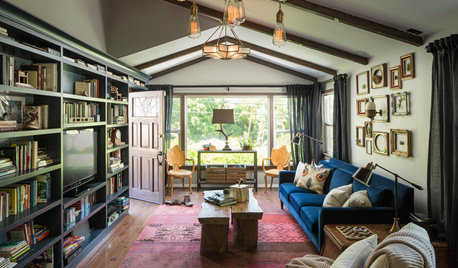
ECLECTIC HOMESHouzz Tour: Good Vibes for a Hollywood Couple in Laurel Canyon
Actor Ian Harding and artist Sophia Hart’s personalities shine in a house nestled in the trees
Full Story
ARCHITECTURERoots of Style: See What Defines a Craftsman Home
Charming features and intimate proportions have made Craftsman houses an American favorite. See their common details and variations
Full Story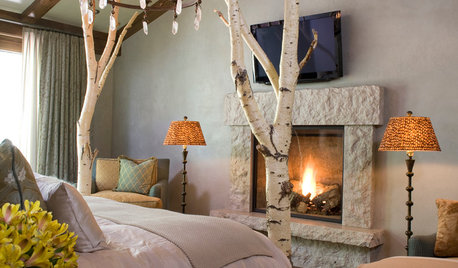
RUSTIC STYLEBank on Branches for Beautiful Furniture
Twigs bundled together or strikingly solo make for elegantly organic furnishings — even as DIY projects
Full Story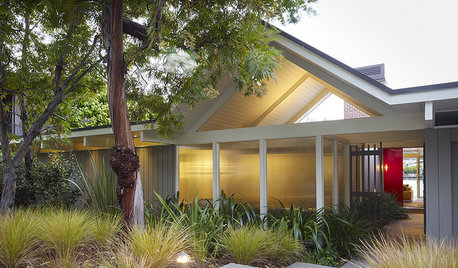
ARCHITECTURERoots of Style: Midcentury Styles Respond to Modern Life
See how postwar lifestyles spawned a range of styles, including minimalist traditional, ranch, split level and modern shed. What's next?
Full Story
HOMES AROUND THE WORLDWorld of Design: 11 Book Lovers and Where They Like to Read
Bibliophiles across the globe reveal their top books and favorite reading spots, from a 2-story library to an artfully curated book nook
Full Story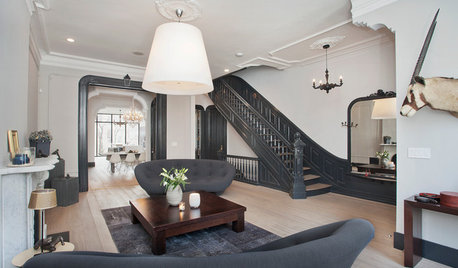
REMODELING GUIDESHouzz Tour: Baroque Minimalism in New Jersey
Modern furniture meets ornate elements in a 19th-century Hoboken brownstone, renovated with respect for its original features
Full Story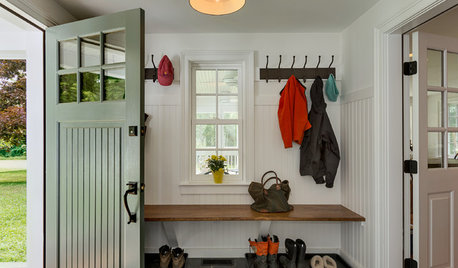
DECLUTTERINGSmall Steps for Keeping Your Housekeeping Resolutions
Take a different approach this year, making simple, positive changes that add up before you know it
Full Story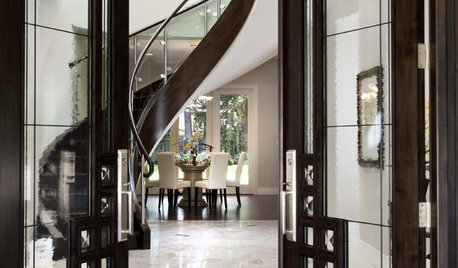
ROOTS OF STYLEArt Deco, Art Nouveau, Arts and Crafts: What’s the Difference?
If the zigzag and swirly designs of the past leave your head spinning, these descriptions will straighten you right out
Full Story






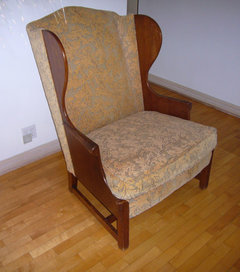
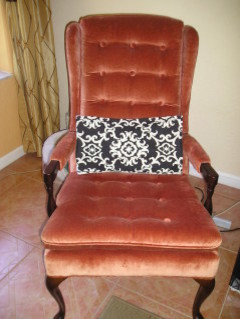
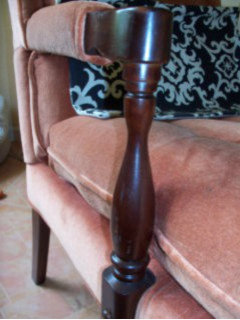
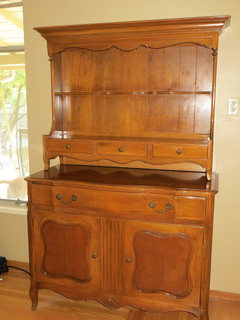
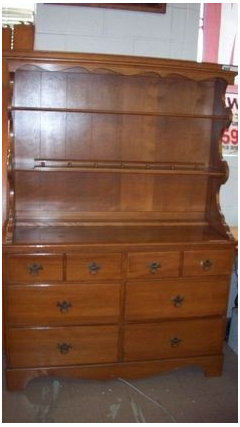






Bumblebeez SC Zone 7